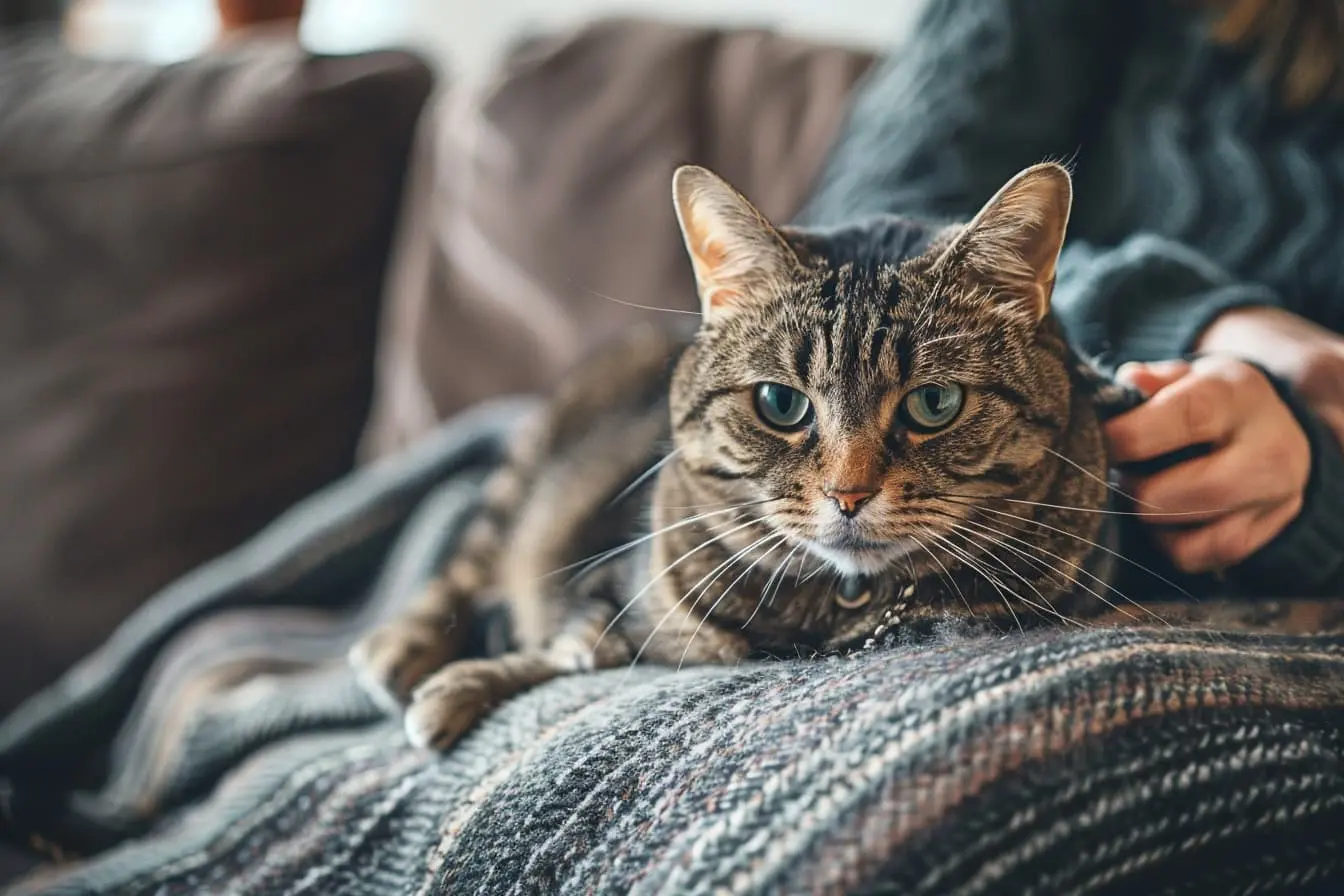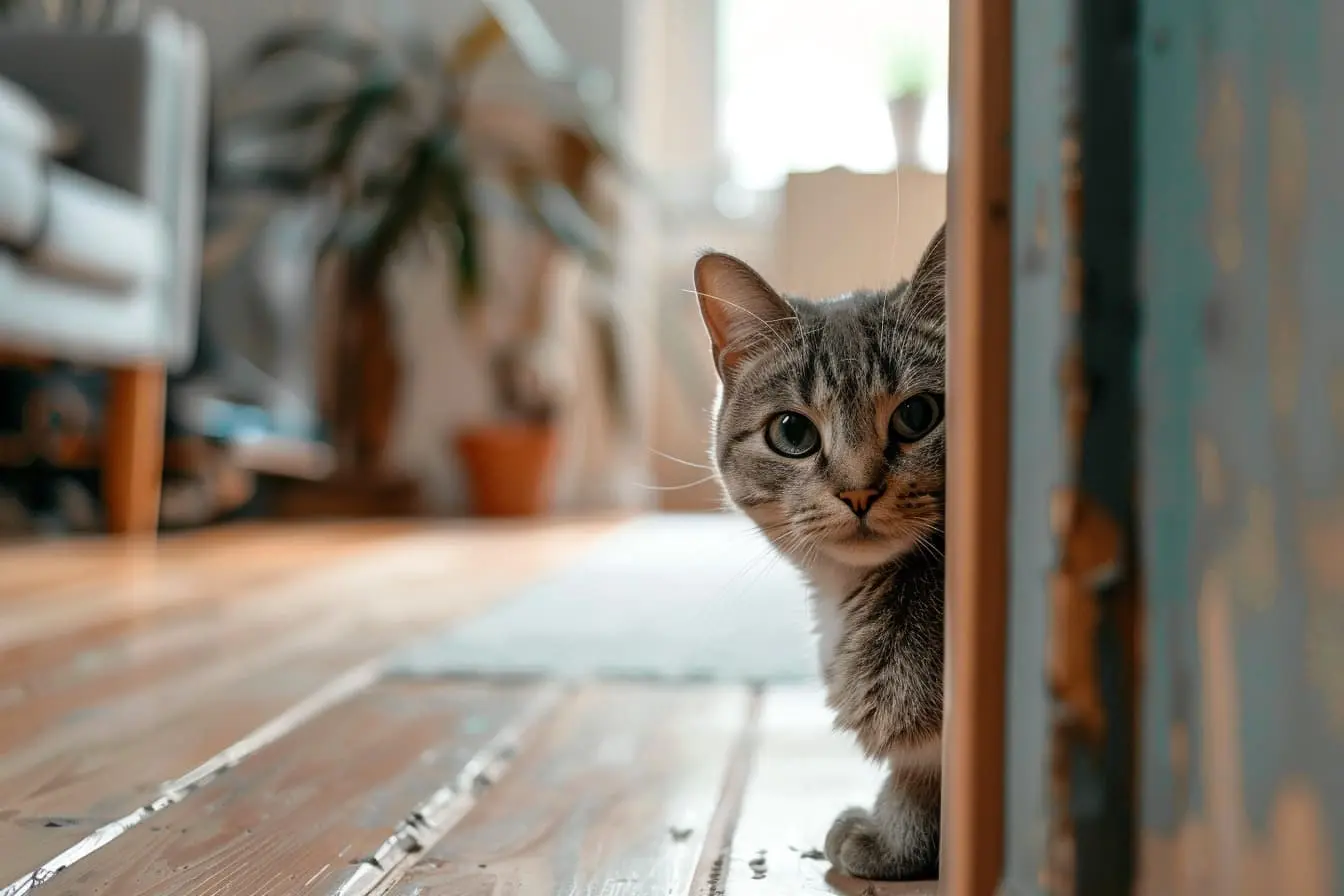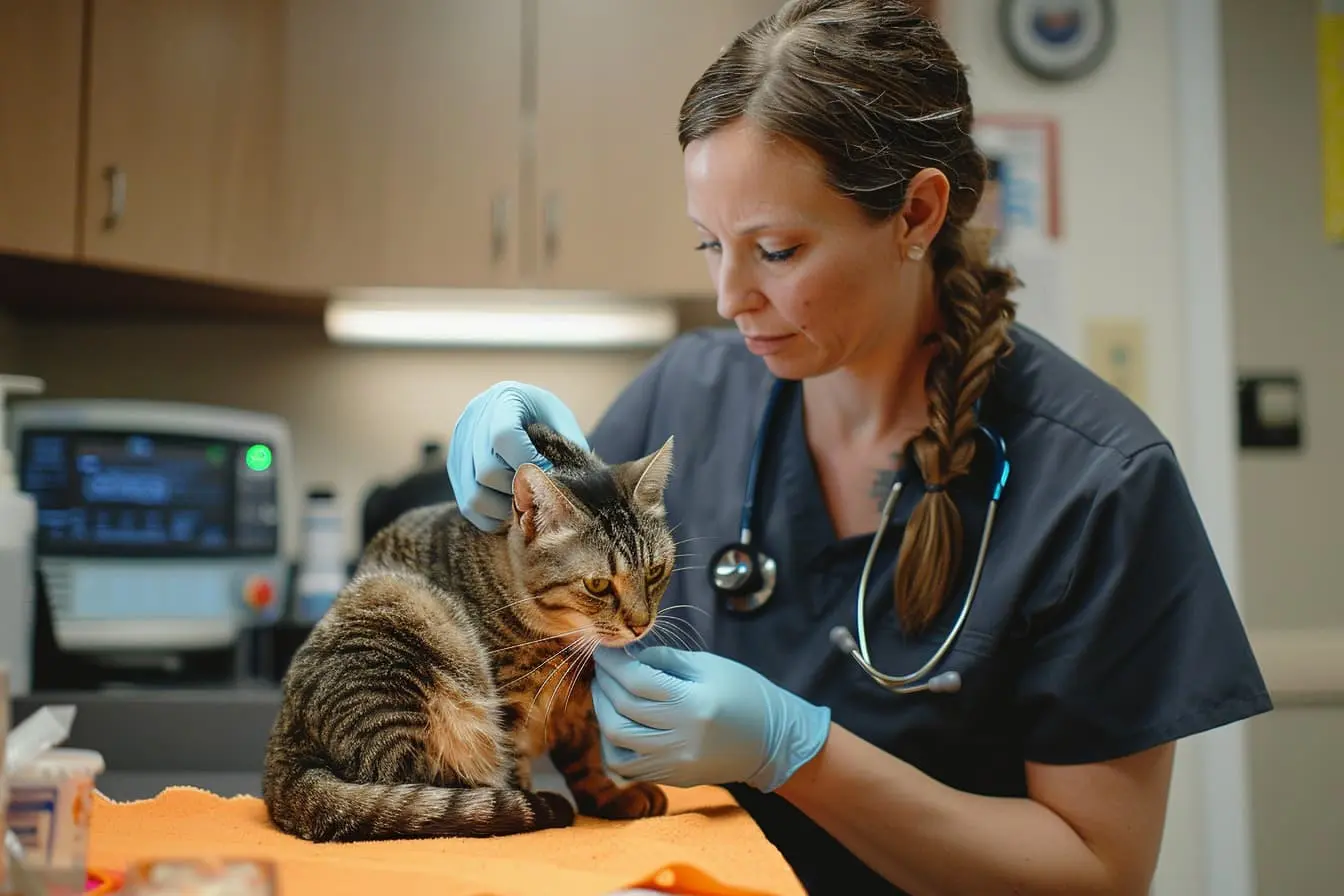
The Complete Guide for New Cat Owners: Selecting the Perfect Litter Tray and Litter
As a new cat owner, one of the essential aspects of cat care you'll need to navigate is selecting the appropriate litter tray and litter. This comprehensive guide aims to provide you with all the information you need to make an informed decision that suits both your and your cat's preferences.
Understanding the Types of Litter Trays
Litter trays come in various sizes, shapes, and functionalities. Here are the main types you'll encounter:
-
Open Litter Trays: These are the simplest and most common types. They're easy to access for your cat and straightforward for you to clean. However, they might not be the best at containing odours or litter scatter.
-
Covered Litter Trays: Offering more privacy for your cat and better control of odours and scatter, covered trays are great for indoor use. Some cats, however, might feel trapped or claustrophobic in them.
-
Self-Cleaning Litter Trays: Ideal for those with a busy lifestyle, these litter trays automatically sift and compartmentalise waste, requiring less frequent cleaning. They're pricier and might need specific types of litter to function correctly.
-
Top-Entry Litter Trays: Designed to reduce litter tracking, these trays have a hole on the top through which the cat enters. They're great for tidy homes but may not be suitable for kittens or older cats with mobility issues.
-
Disposable Litter Trays: Convenient for travel or temporary use, these trays can be thrown away after use. They're typically less durable and more expensive in the long run.
Types of Cat Litter
Choosing the right type of cat litter is as crucial as selecting the litter tray. The litter you choose can affect your cat's comfort and willingness to use the litter box. Here are the primary types available:
-
Clumping Clay Litter: Made from bentonite clay, this litter forms solid clumps when wet, making it easier to scoop out urine and faeces. It's popular for its ease of cleaning, but the dust it produces may not be suitable for all cats, especially those with respiratory issues.
-
Non-Clumping Clay Litter: This litter absorbs urine but doesn't form clumps, requiring more frequent changing. It's usually cheaper than clumping litter but might lead to more waste.
-
Silica Gel Litter: Comprising silica gel crystals, this type absorbs moisture well and controls odours effectively. It's dust-free and long-lasting but more expensive than clay litters.
-
Biodegradable Litter: Made from recycled paper, wood, corn, or wheat, this litter is environmentally friendly and often dust-free. It's ideal for cats and owners with allergies but might not be as effective at odour control as other types.
Choosing What's Best for You and Your Cat
When deciding on the litter tray and litter, consider your lifestyle, your cat's habits, and any health concerns. Here are a few tips to guide your choice:
-
Consider Your Cat's Preferences: Some cats prefer open trays for their accessibility, while others appreciate the privacy of covered trays. You might need to experiment to find out what your cat likes best.
-
Think About Maintenance: If you have a busy schedule, a self-cleaning litter tray or highly absorbent, odour-controlling litter might be worth the investment.
-
Assess Health and Environmental Concerns: If you or your cat have respiratory issues, dust-free or biodegradable litters are preferable. Likewise, environmentally conscious owners might lean towards biodegradable options.
-
Trial and Error: It's not uncommon to try a few different types of trays and litter before finding the perfect match. Observing your cat's behaviour and comfort level will help you make the best choice.
Final Thoughts
Selecting the right litter tray and litter is pivotal in ensuring your cat's hygiene and comfort, as well as maintaining a clean and odour-free home. By considering the options available and focusing on your and your cat's preferences and needs, you can create a conducive environment for your new furry family member. Remember, patience and observation are key to discovering what works best for your unique situation.
Vets near you
Speciality vets
- Aquatics vet specialists
- Birds vet specialists
- Camelids vet specialists
- Cats vet specialists
- Cattle vet specialists
- Deer vet specialists
- Dogs vet specialists
- Equines vet specialists
- Exotic vet specialists
- Goats vet specialists
- Pigs vet specialists
- Poultry vet specialists
- Sheep vet specialists
- Small Mammals vet specialists
- Wild vet specialists



